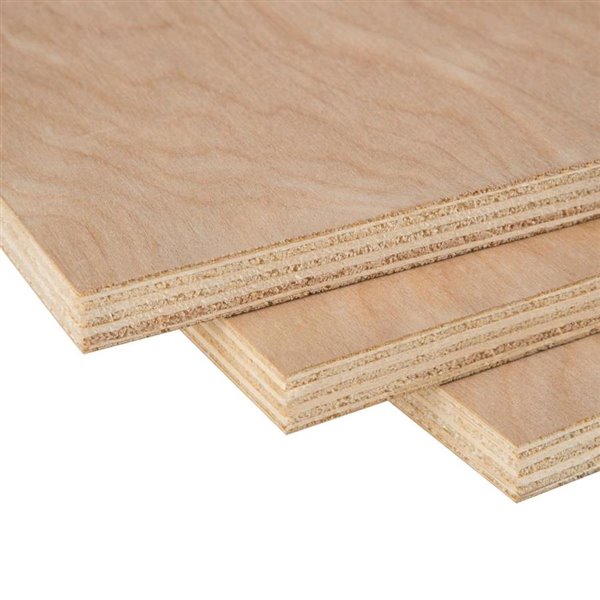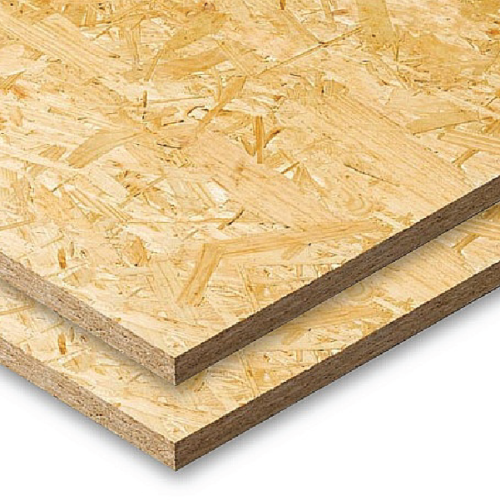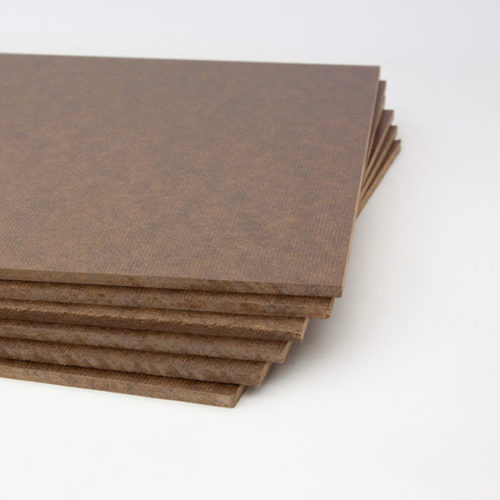Plywood is manufactured using thin plies of wood veneer glued together with the grain of each layer at 90 degree angles to the layer above or below it. This cross-grain plies, usually in odd number are then pressed with resin to form solid sheets.
Raw Plywood can be grouped into 3 broad categories: Softwood, hardwood, and tropical plywood.
Common species for softwood plywood include, spruce, pine, douglas fir. Hardwood plywood is often made up of Beech, Red Oak, Birch, and Mahogany, Poplar, amongst others. As for Tropical plywood, key species include Meranti, Keruing, Rubberwood, Falcatta, and Okoume.
Working properties
Some of the key advantages of plywood arise from is cross-grain structure which reduces expansion and shrinkage and less vulnerable to water and moisture and reduces splitting when nailed around the edges. Additionally, screwing properties such as tightness of screws and durability of plywood is excellent due to its cross-grain structure, and also has high stiffness perpendicular to the grains direction of the top layer. It has a very high strength to weight ratio as well as high impact resistance relatively.
Some of the setbacks of plywood is that It’s harder to get a perfectly smooth cut with plywood than it is with MDF. It’s more difficult to cut detailed designs into plywood because the edges will splinter and the edges that show layers may have gaps. It may also experience more warping and thickness tolerance is usually not as precise MDF or Particleboard.





Get Social